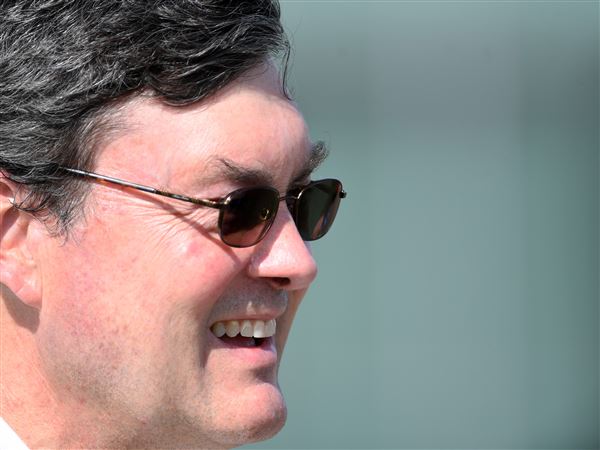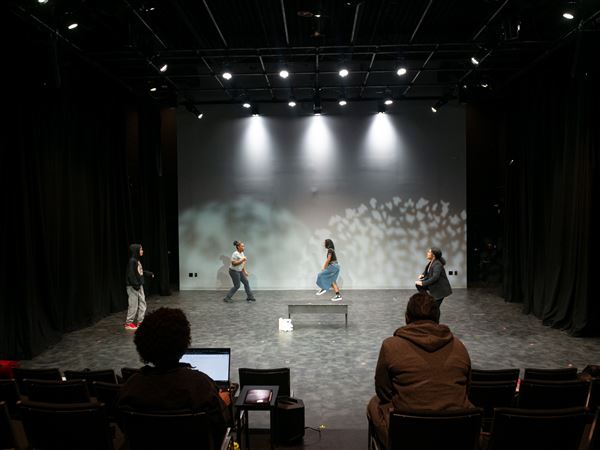Q. I purchased an Orient watch as suggested in your gift guide. I notice that after a week it is off by a bit less than a minute when compared to my cell phone. Does it need to be fixed?
LANCE R. Mt. Lebanon
A. It is normal for them to drift a bit. Even the best Swiss mechanical watches are typically rated to -4/+6 seconds per day. Most mechanical watch owners reset their watches every week or so. It’s a tradeoff for the battery-free operation and uniqueness of a mechanical watch.
If it's accuracy you are after, I recently encountered something new that represents an interesting crossover of American history, horology and technology to the point where I think it will make an interesting subject for this week’s column.
Years ago most watches were mechanical and would gain or lose up to 30 seconds per day.
That all changed in 1960 when Bulova introduced Accutron. The battery-powered Accutron used a vibrating tuning fork to measure time and was accurate to within 2 seconds a day, unheard of at the time. Accutron was a very proud bit of American technology and Accutron watches became the official Presidential Gifts of State given to foreign dignitaries.
Quartz watches and their jumping second hands came along and were accurate to around 15 seconds per month, while being less expensive to produce as well. That brought about the end of the Accutron watch series, which later became a name brand for, of all, things, mechanical watches.
Though it is now owned by Citizen Watch of Japan, Bulova is still considered an American brand and operates independently, with decisions made out of their New York headquarters. In 2010, Bulova introduced the “Precisionist” movement (movement = guts of the watch), which is an enhanced quartz technology using a three-pronged quartz tuning fork.
It has accuracy dramatically superior to a typical quartz watch and is accurate to 10 seconds or less per year, without radio syncing to a time server. Though it is quartz, it has a smooth-sweeping second hand like a high-end mechanical watch or electric wall clock.
The Precisionist movement is a bit on the thick side, so in 2014 Bulova introduced the slimmer Accutron II movement, allowing it to be used in a wider variety of watches. The Accutron II is accurate to about 15 seconds per year and is available in a wide variety of styles, from sporty to dress.
I bought an Accutron II Snorkel due to the excellent salesmanship of a jewelry store sales associate named Michael. I went in to buy a 1970s-look, retro-styled Hamilton. He pointed me toward the similarly retro-styled Snorkel, which cost much less and I liked better aesthetically. The advanced technology, fine workmanship, smooth second hand and extreme accuracy sealed the deal for me.
I have to tell you, the accuracy is so good, it is scary. I synced my Accutron II to my server-synced cell phone, and the exact moment my second hand hits the 12 o'clock position, the time on my cell phone changes. This accuracy has held up since I bought it months ago and though my other quartz watches have drifted a bit, my Accutron II is right on the money. I love it.
Accutron II watches start at $450 and can frequently be purchased at a significant discount. Not all Bulovas are Accutron II. It will say “Accutron II” on the dial. www.bulova.com
Read past columns and product reviews by Don Lindich at www.soundadviceblog.com.
First Published: December 21, 2014, 5:00 a.m.














